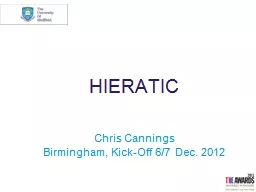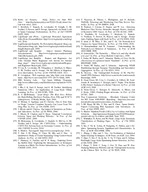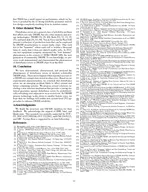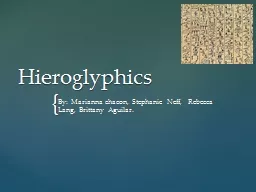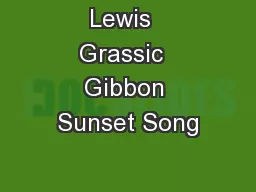PPT-HIERATIC Chris Cannings
Author : yoshiko-marsland | Published Date : 2018-10-12
Birmingham KickOff 67 Dec 2012 Chris Cannings Stochastic processes combinatorics graph theory algorithms IN Population genetics human genetics evolutionary games
Presentation Embed Code
Download Presentation
Download Presentation The PPT/PDF document "HIERATIC Chris Cannings" is the property of its rightful owner. Permission is granted to download and print the materials on this website for personal, non-commercial use only, and to display it on your personal computer provided you do not modify the materials and that you retain all copyright notices contained in the materials. By downloading content from our website, you accept the terms of this agreement.
HIERATIC Chris Cannings: Transcript
Download Rules Of Document
"HIERATIC Chris Cannings"The content belongs to its owner. You may download and print it for personal use, without modification, and keep all copyright notices. By downloading, you agree to these terms.
Related Documents

